#davisleatherworks
Explore tagged Tumblr posts
Photo
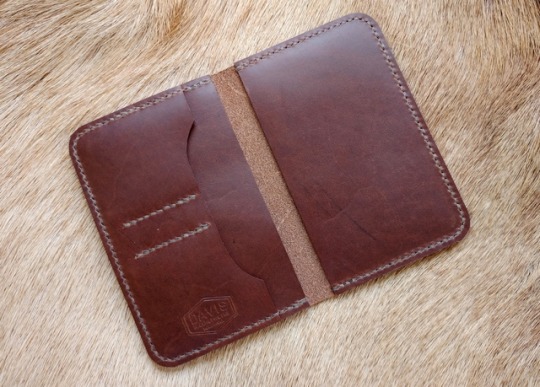
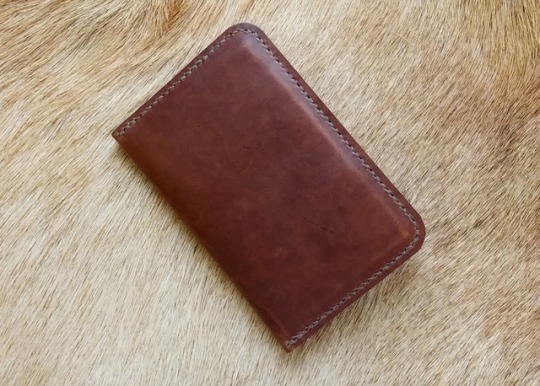

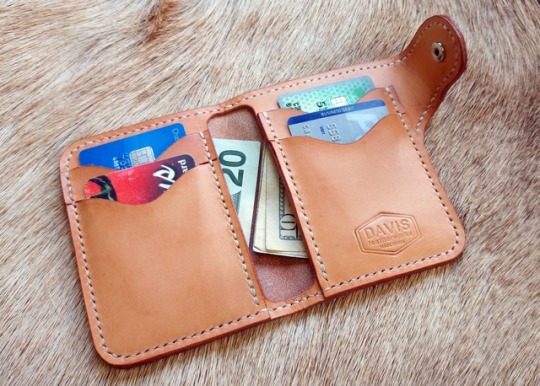
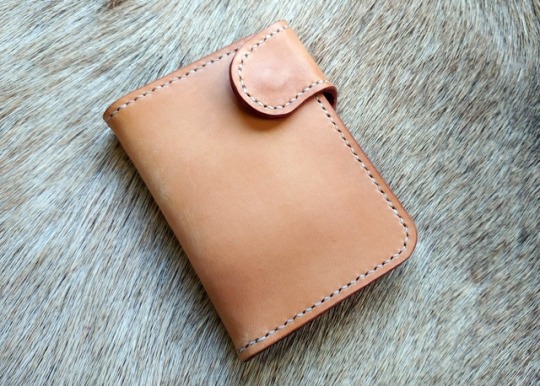
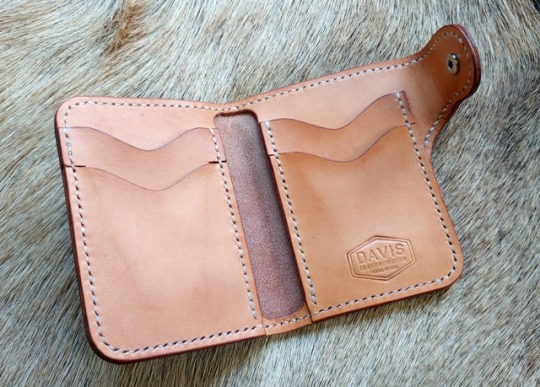
Field Notes Wallet in Brown Somerset and a Vertical Snap Wallet in Hermann Oak Natural Veg-Tan Leather...
9 notes
·
View notes
Photo
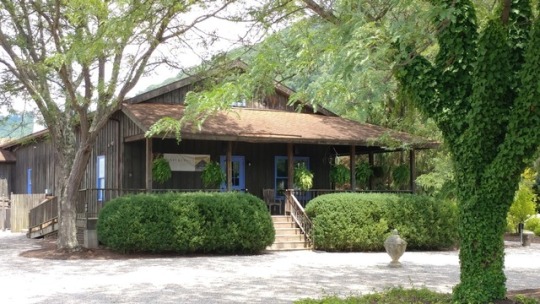
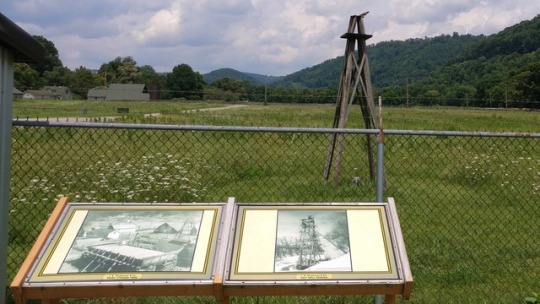
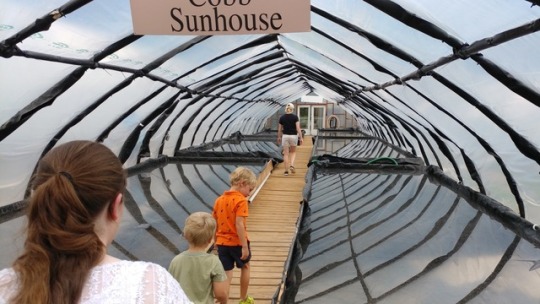
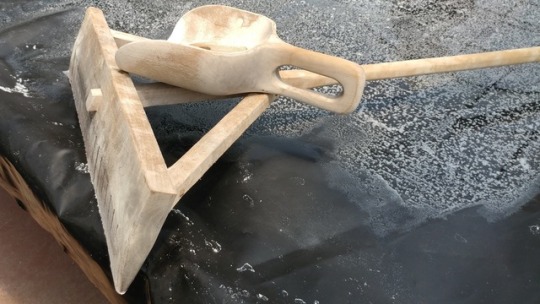
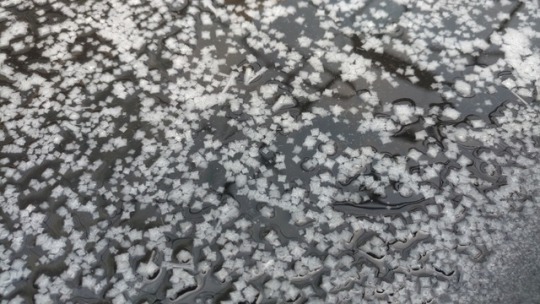
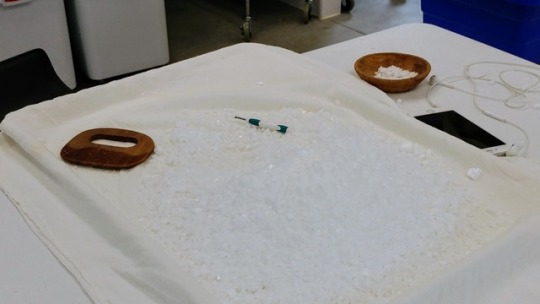
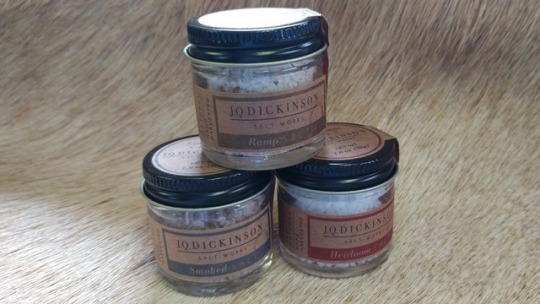
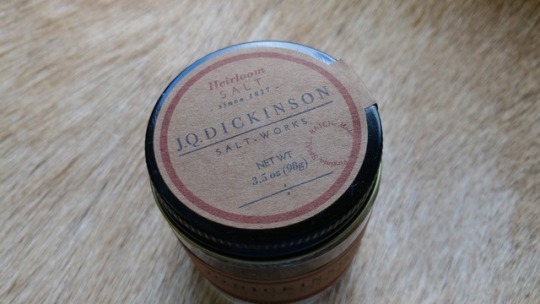
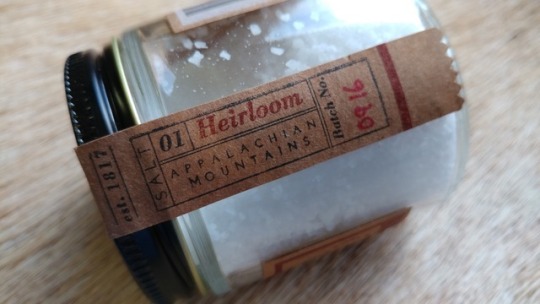
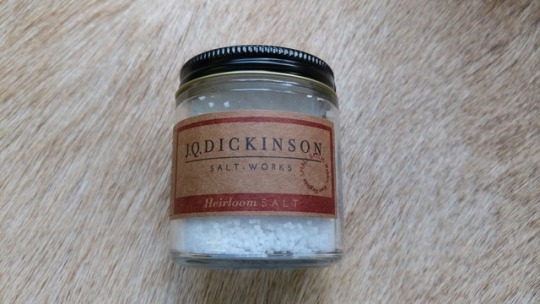
So today, we took a trip down to the J.Q. Dickinson Salt-Works close by in Malden, WV. Just 10 short minutes down the road, Lewis Payne and Nancy Bruns — the descendants of J. Q Dickinson — have restarted the family business of making salt right here in West Virginia. Yes, you read that right. Salt. Here in West Virginia. Believe it or not, West Virginia has it’s very own ocean. No beaches, unfortunately, but an ocean nonetheless! Beneath the ground lies the Iapetus Ocean, a saltwater ocean which has been bubbling up throughout the Kanawha Valley for centuries. Local historians say that the salt was being used by local Native American tribes for ages, and that a kidnapped white settler, Mary Draper Ingles, became proficient at capturing the salt from the brine and passed on the knowledge once rescued. In the 1800’s, the valley was full of salt-works where the brine was boiled down in large boilers to produce the salt which was sent to the meat processing plants in Ohio. As Morton’s salt and other conglomerates began taking over the salt market, the Dickinson salt-works closed its doors in the 1950’s and the land was passed down through the family. Then, several years ago, Lewis and Nancy decided to once again take up the family business. This time, however, they decided to go with solar heating, rather than boiling off the water via wood and coal-stoked furnaces. We pulled into the old Terra Salis property (once a local landscaping firm) and made our way inside the main office. We were quickly greeted by Nancy, who set us up with a tour. Our guide, a young lady named Ashton, was knowledgeable and walked us around the property. First she told us about the Iapetus Ocean and the history of the salt trade here in the Kanawha Valley. We ended the first section of our walk at the site of the current well. Rather than a hundred foot tall structure of ages past, the visible well is now just a pipe junction just above the surface of the ground. A small piece of an old well structure sits atop it, marking it’s location so that it isn’t mowed over when the hay is cut. She then walked us towards the holding tanks and “sunhouses”. The brine is pumped up and placed into large holding tanks (which are painted black to absorb heat) where the iron present in the water is allowed to settle and is then filtered out. The brine is then pumped into the “sunhouses”, which function as solar-powered evaporators. In raised beds lined with thick black plastic, the brine begins to evaporate and the salt begins to crystallize. Once it reaches a certain stage, it is then moved to a secondary building (still solar-heated) where it is “harvested” over time as the salt continues to crystallize. Once most of the salt has been crystallized, there is still a salty brine — called nagari — left over, which is then bottled and sold for use in making products like tofu and ricotta cheese, or imbibed for it’s health properties. J.Q. Dickinson prides itself in it’s small environmental footprint, and our guide pointed out that even the iron that is filtered out in the first steps is saved and sold for use in ceramics. Once the salt has been harvested, it is then placed into flower pots and allowed to drain (flower pots due to the drainage holes in the bottom). It is then moved into another building where it is laid out on flour sack towel-lined pans to dry further. After drying for a specific period of time, the towels are rolled up into “burritos”. These are then allowed to dry further, and eventually are poured out onto another flour sack towel-lined pan and inspected — by hand — for impurities and anything that doesn’t belong (grass, bugs, etc), which are removed with tweezers. Once inspected, the salt is sorted by crystal size (large for grinding salts, medium for finishing salts, and fine for popcorn salt) and then packaged and placed into inventory or shipped to wholesalers and restaurants around the world. Each batch of salt takes 4–6 weeks to complete (up to 3 months in the winter, at which time the salt-works is closed to the public), and the “Best Salt in the World” (at least according to judges at the 1851 First World’s Fair in London) is well worth the wait! In addition to their “Heirloom” salt, J.Q. Dickinson also offers Apple-Wood Smoked Salt (cold-smoked on the premises) as well as Ramp Salt, which contains a hint of the local wild leek flavor. We really enjoyed our visit to the J.Q. Dickinson Salt-Works, and Davis Leatherworks is now in discussions to begin carrying some of their goods (most likely the 1 oz. jars of heirloom, smoked, and ramp salts) in our store! Keep an eye out for more news here on our Facebook page or via our e-mail newsletter! J.Q.Dickinson is open to the public and tours are available Mid-April through November, Tuesday through Saturday from 10 am ’til 4 pm. More information can be found at their website, http://www.jqdsalt.com/.
2 notes
·
View notes
Photo
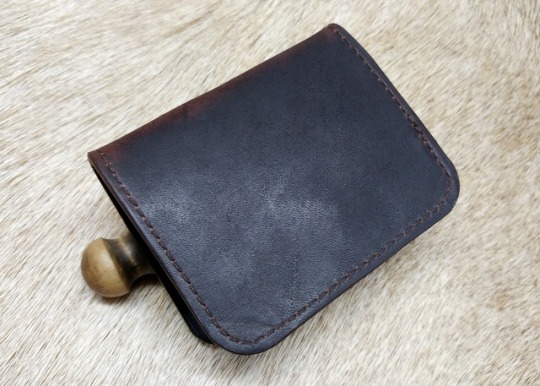
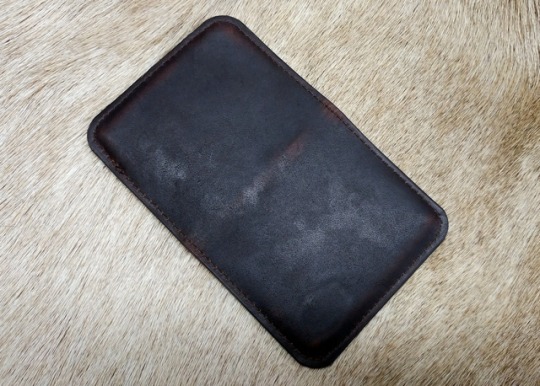
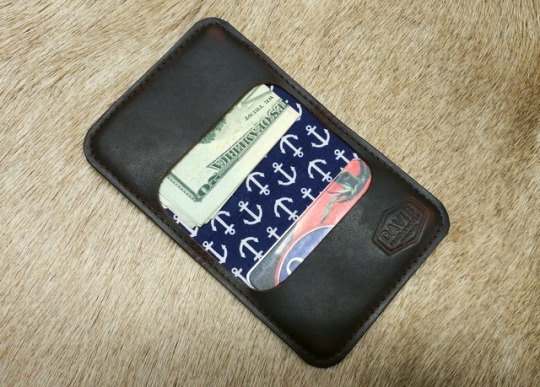
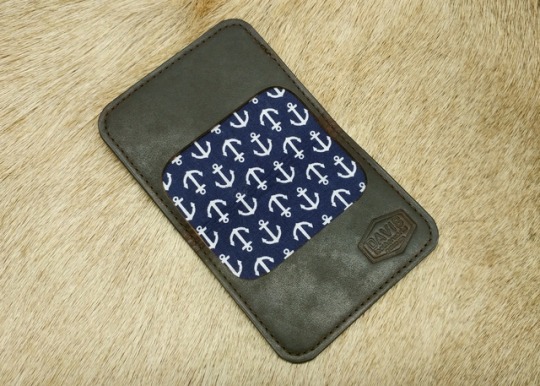
Wow... It’s been a long time, Tumblr! Sorry about that!
Another sewing machine practice piece... I think I may be getting the hang of this thing!
Card/Cash Wallet in Horween Dark Cognac Dublin (Waxed Flesh) lined with Anchor Print Fabric...
1 note
·
View note
Photo
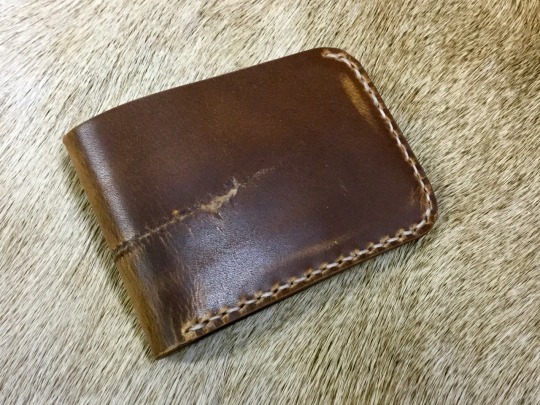
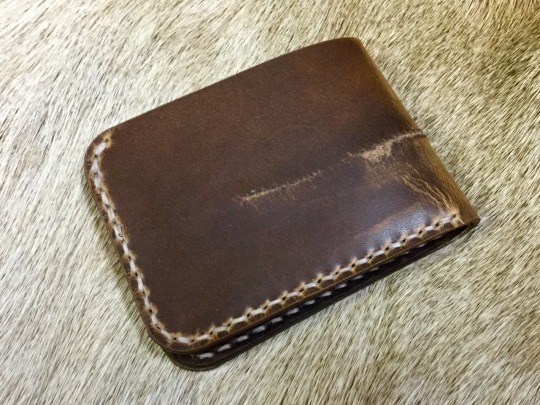
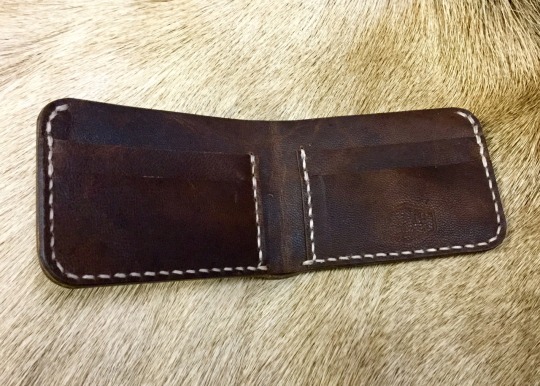
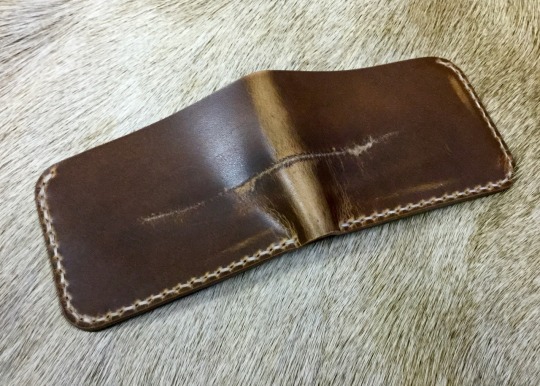
Sometimes you can just tell that a cow liked to get in knife fights in its spare time... Y'know? 😉
2 notes
·
View notes
Photo
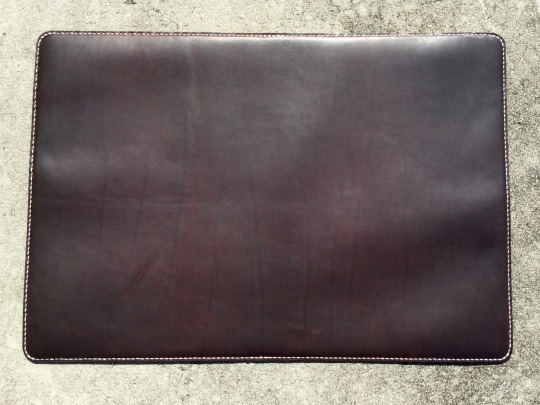
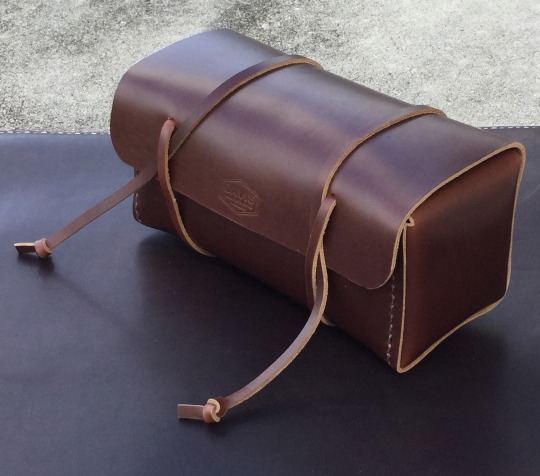
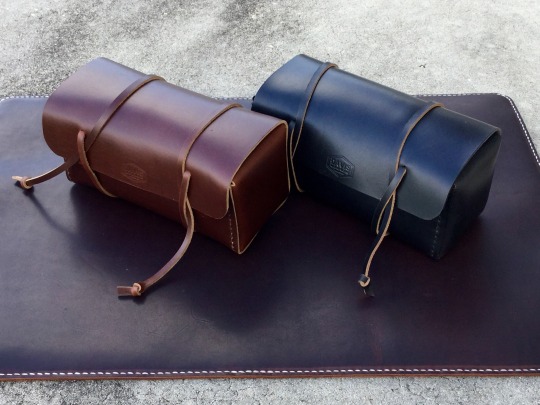
Horween Cognac Dublin Desk Pad and Black and Brown Chromexcel Dopp Kits
#horween#horween dublin#chromexcel#dopp kit#davisleatherworks#handmade#madeintheusa#leather#brown#black
1 note
·
View note